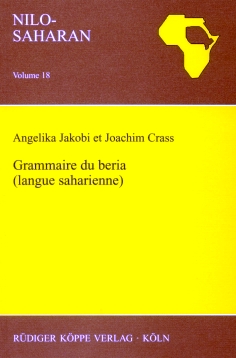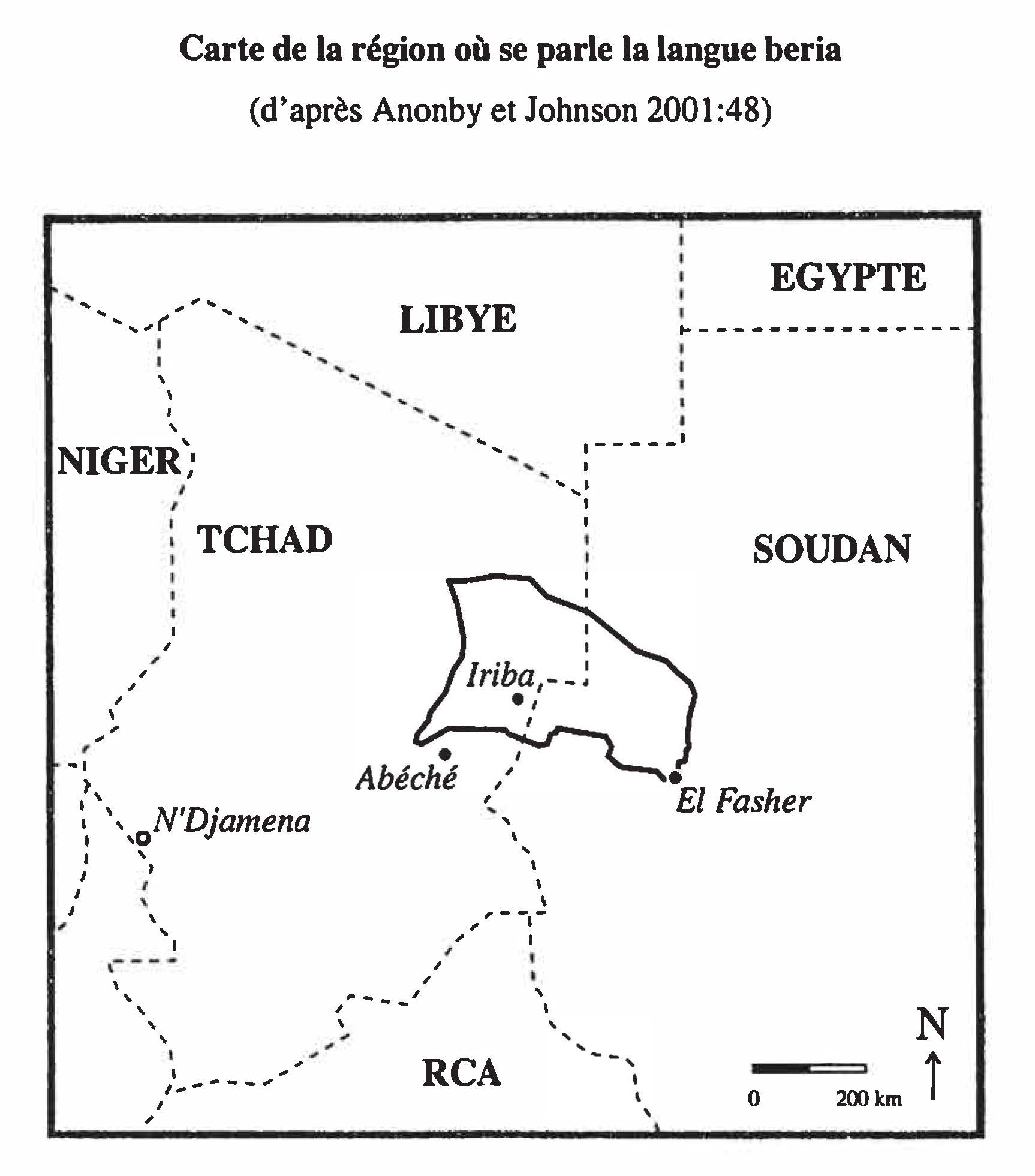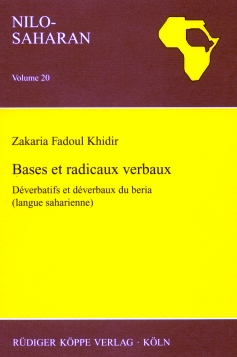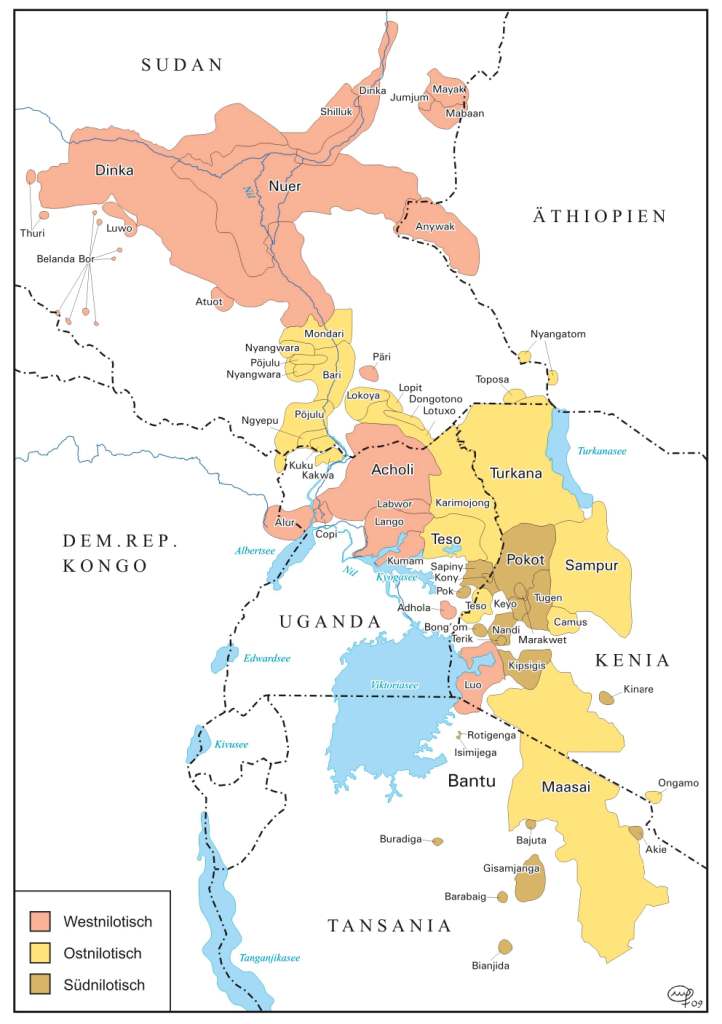





Beria, also known by the xenonym Zaghawa, is a Saharan language spoken by some 190,000 people in the regions of Wadai and Darfur on the border of Chad and Sudan. Saharan forms a branch of the Nilo-Saharan phylum. Besides Beria, the Saharan group includes three more languages: Kanuri-Kanembu of north-eastern Nigeria and the Lake Chad area, Teda-Daza of northern Chad and eastern Niger, and the now extinct Berti of eastern Darfur.
This is the first grammar of Beria. It focusses on the Kube dialect and is based on several periods of fieldwork carried out in Chad from 1998 to 2002. A striking feature of nouns is that number is solely marked by tone alternations. The finite verb distinguishes up to ten morpheme slots but actual forms are often reduced due to morphophonological processes. Verbal inflection makes much use of portmanteau morphemes, fusing aspect, negation, person, and number.
As in the other Saharan languages, there are three verb classes. Class I exclusively contains middle voice verbs. They are obligatory marked both by the third person subject suffix and by an object prefix that varies according to person. The verb system distinguishes between finite verbs and converbs. Unlike the finite verbs, the converbs are morphologically reduced and cannot occur in clause final position.
There are two types of converbs: One is based on the perfective, mainly expressing chronological sequence, the other one is based on the imperfective, mainly expressing purpose. Basic word order is strictly Subject – Object – Verb. In the noun phrase the order is Head – Modifier. The genitive noun phrase has two constructions, a synthetic and an analytic one. The synthetic construction is special because the modifier precedes the head noun. As for its system of grammatical relations, Beria exhibits features both of a nominative-accusative and an ergative-absolutive system. Intransitive clauses are characterized by a split-S system. Some intransitive verbs code their subject like the agent of a transitive clause, other intransitive verbs code their subject like the patient of a transitive clause.
Furthermore, when the subject noun phrase of an intransitive clause is focussed, it is marked like the focussed patient noun phrase of a transitive clause.
The grammar also contains a glossary of some 1050 entries and two narrative Beria texts with interlinear glossing and French translation.
Under these links you will find publications by the authors and further descriptions of Beria, among them a monograph on the categories noun, verb, and “nominoverbal” (auxiliaries) in Beria:
Erik John Anonby in Journal of African Languages and Linguistics, 28/2, 2007, 217-220
© 2026 by Rüdiger Köppe Verlag – www.koeppe.de